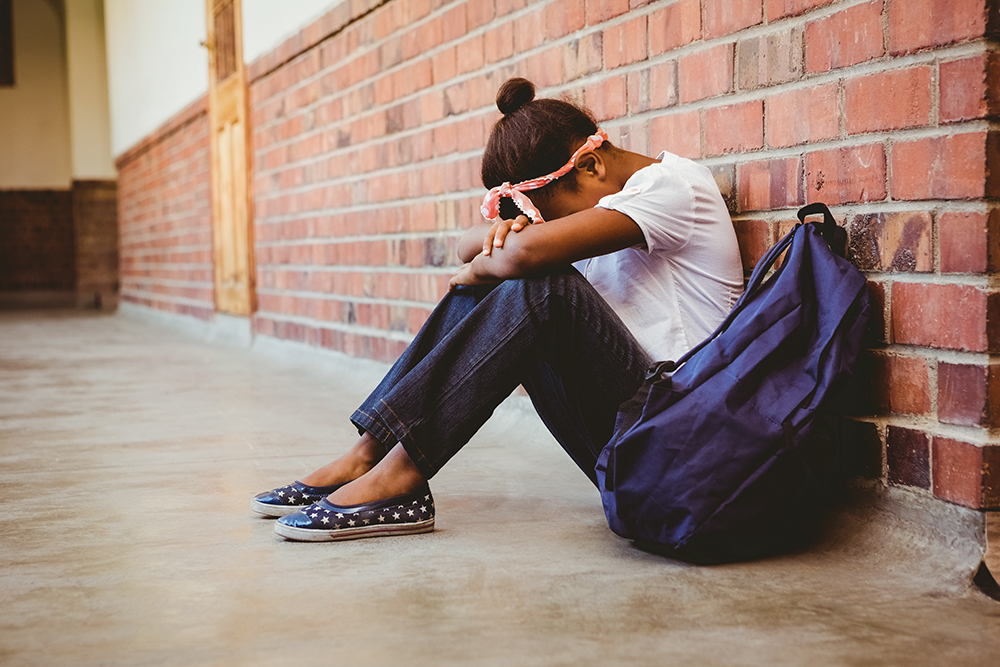Childhood, often nostalgically referred to as the “golden age,” can indeed be a joyous time marked by discovery and growth. However, for many, these years include stressful life events, a subset of adverse childhood experiences that cast long shadows on their adult lives.
Understanding Stressful Life Events
SLEs encompass a spectrum of situations, from family disruptions such as divorce to societal challenges like racial inequalities. Unlike the temporary stressors any child can face, such as a difficult day at school or a squabble with a friend, SLEs are profound, often having lasting impacts.
By virtue of their youth, children lack the emotional maturity and context to navigate these complexities. As a result, an event that might be a minor setback for an adult can become a monumental hurdle for a child – especially experiences involving deep-seated social issues like bullying and discrimination.
Common stressful life events for children may include the following issues.
- Uprooting and moving to an unfamiliar environment.
- Divorce, separation or witnessing domestic violence.
- Seeing a family member grappling with mental health issues or substance use problems.
- Navigating life with an incarcerated family member.
- Living in poverty.
- Facing bullying, neglect or direct abuse.
Immediate and Long-Term Consequences
In the immediate aftermath of an SLE, children might display behavioral shifts, including difficulty in school or challenges in forming friendships. If unaddressed, these early signs can snowball into more severe issues in adulthood, ranging from substance abuse to severe mental health disorders.
Stress is an inherent part of life and can be beneficial in small doses. It primes our body’s fight-or-flight mechanism, a survival-driven response to potential threats. This biological response results in heightened alertness and physical readiness. However, prolonged activation, especially in early life, can lead to what’s known as “toxic stress.” Unlike the short-lived stress response, toxic stress from chronic stressful life events can drastically alter a child’s neurobiological development, setting the stage for health complications later in life.
The link between childhood adversity and adult health issues is alarmingly direct. Chronic activation of the stress response system can lead to inflammation, hormonal imbalances and a host of other physiological disturbances. According to data from the Centers for Disease Control and Prevention, more than half of the top 10 leading causes of death have roots in ACEs.
Prioritizing Children’s Mental Well-Being
The impact of SLEs underscores the importance of early interventions and support. At Pine Grove, we designed our child and adolescent services to help young people navigate their challenges and lay the groundwork for a healthier, happier adulthood. Our professional staff includes two board-certified child and adolescent psychiatrists and a psychiatric mental health nurse practitioner. For more information about Pine Grove’s inpatient child and adolescent treatment program, please contact our assessment office. Remember, addressing childhood stress today can pave the way for a brighter tomorrow.

